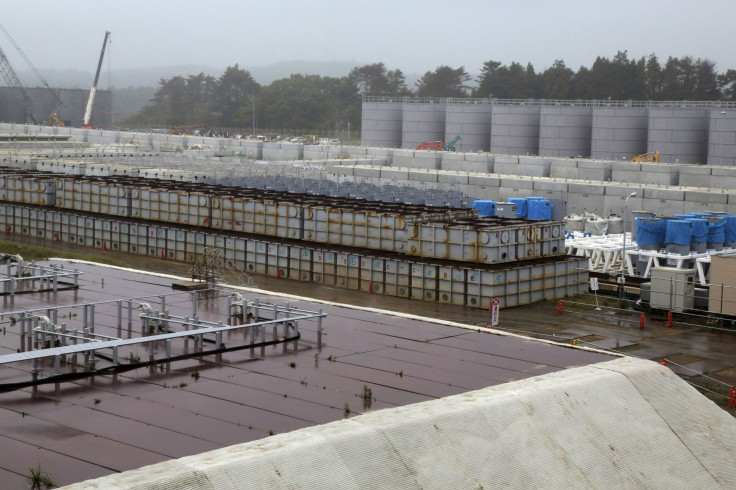Contaminated Water Leak From Fukushima Plant Is "An Emergency", Which Tepco Alone Cannot Handle: Japan's Nuclear Regulator

Concerns over radioactive water leaking into the Pacific Ocean from Japan’s crippled Fukushima nuclear power plant have escalated, with the country’s nuclear watchdog calling the situation an “emergency” that the plant’s operator alone cannot handle.
Japan’s Nuclear Regulatory Authority, or NRA, on Monday told Reuters that the radioactive water has already breached an underground barrier and is moving quickly toward the surface and accused the plant’s operator Tokyo Electric Power Company, or Tepco, of downplaying the crisis.
Tepco's "sense of crisis is weak,” Shinji Kinjo, head of NRA told Reuters. "This is why you can't just leave it up to Tepco alone."
“Right now, we have an emergency,” he added.
NRA officials, last month, had warned that the level of radioactivity in the sea water near the plant was rising, strengthening fears that a huge amount of contaminated water from the plant is flowing into the ocean.
And, Tepco had taken measures to solidify a larger part of the seawall that separates the ground water from the sea by injecting chemical sodium silicate into the seawall. However, on Monday, NRA officials said that contaminated water had breached the underground sea wall, which is just 1.8 meters in height, and is now spreading to the neighboring shallow areas.
Tepco's measures are only a temporary solution to the problem and it would struggle to contain the seepage once it reaches the surface of the ground around the plant, the nuclear watchdog said, according to a Japan Daily Press report.
Tepco has been facing criticism within the country and abroad, for its failure in assessing and handling the meltdown, and the subsequent radioactive leak from the plant, which was ravaged by a giant tsunami triggered by a magnitude-9.0 earthquake in March 2011.
Since then, Tepco has been accused of downplaying the risks from the radioactive water leak, despite several reports from public and private nuclear safety agencies pointing to probable contamination from the crippled plant.
However, on Sunday, bowing down to public pressure, Tepco released estimated figures, for the first time since the disaster, of the quantity of contaminated water leaked out of the damaged plant.
According to the operator, an estimated 20 trillion to 40 trillion becquerels of radioactive water has leaked into the Pacific Ocean since May 2011. But, the company claimed that the leakage is under control and is within permissible levels, which is 22 trillion becquerels annually, Japan Daily Press reported.
However, the NRA’s tests on water samples taken from coastal sea water and the pit water near the facility have noted that the contamination is higher than permissible levels.
Tepco, which has been pumping about 400 tones of ground water daily to cool the melted reactors, is struggling to dispose the used water, which is high in radioactive content. The process of cooling the nuclear reactors has to continue for an unspecified number of days until the permanently damaged plant is safely decommissioned.
According to a BBC report, more than 1,000 giant tanks built to hold the contaminated water around the facility are nearly full, posing new challenges to the operator. And, adding to the woes of the plant operator, sudden emissions of steam have been reported from different parts of the nuclear reactor building in the past few weeks.
Tepco had admitted, in April, that close to 120 tons of radioactive water may have leaked into the surrounding ground from a storage tank at the nuclear plant. In May, Tepco's own investigation found high levels of the water-soluble element strontium in samples taken off the coast near the plant.
© Copyright IBTimes 2024. All rights reserved.












